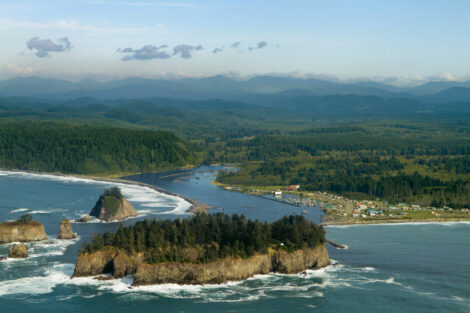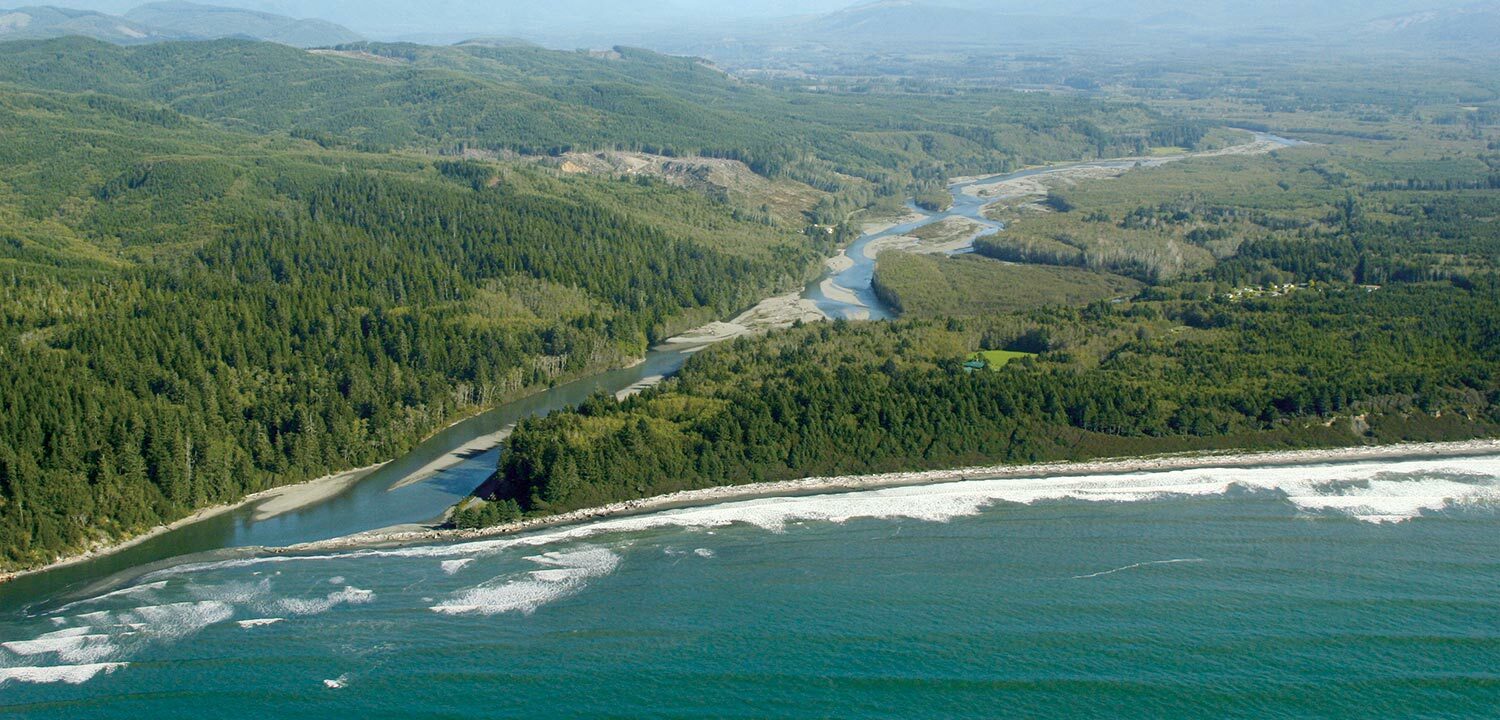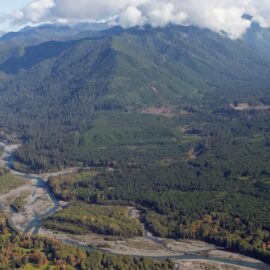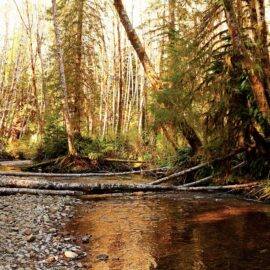Balancing development with ecological needs.
Washington State has about 28,000 miles of shorelines* that provide unique economic, cultural and recreational opportunities. These shorelines offer rearing and spawning habitat for a multitude of salmon species, but are also in high demand for residential and industrial development. Under the Shoreline Management Act (1972), each city and county must create and adopt a Shoreline Master Program which governs local land use policies and regulations for shoreline uses to balance development with conservation so that ecological functions, such as the rearing and spawning of salmon, are not lost. The state legislature has directed 39 counties and nearly 260 cities to update their Programs by 2014, since most had not been updated for over 30 years.

WSC Washington Program Manager, Devona Ensmenger, provided technical input to Clallam County, the City of Forks, the Department of Ecology and the Olympic Natural Resource Center to update the Shoreline Master Program for shorelines in the Quillayute River watershed — a salmon stronghold. WSC has proposed more stringent shoreline regulations in areas vital to salmon rearing and spawning, including the upper reach of Elk Creek, and expect nearly 78 river miles to have increased protection through this process.
* Shorelines are defined as marine waters, lakes, and streams with 20 cu. ft./sec. flow or greater, as well as wetlands and floodplains associated with these areas.



